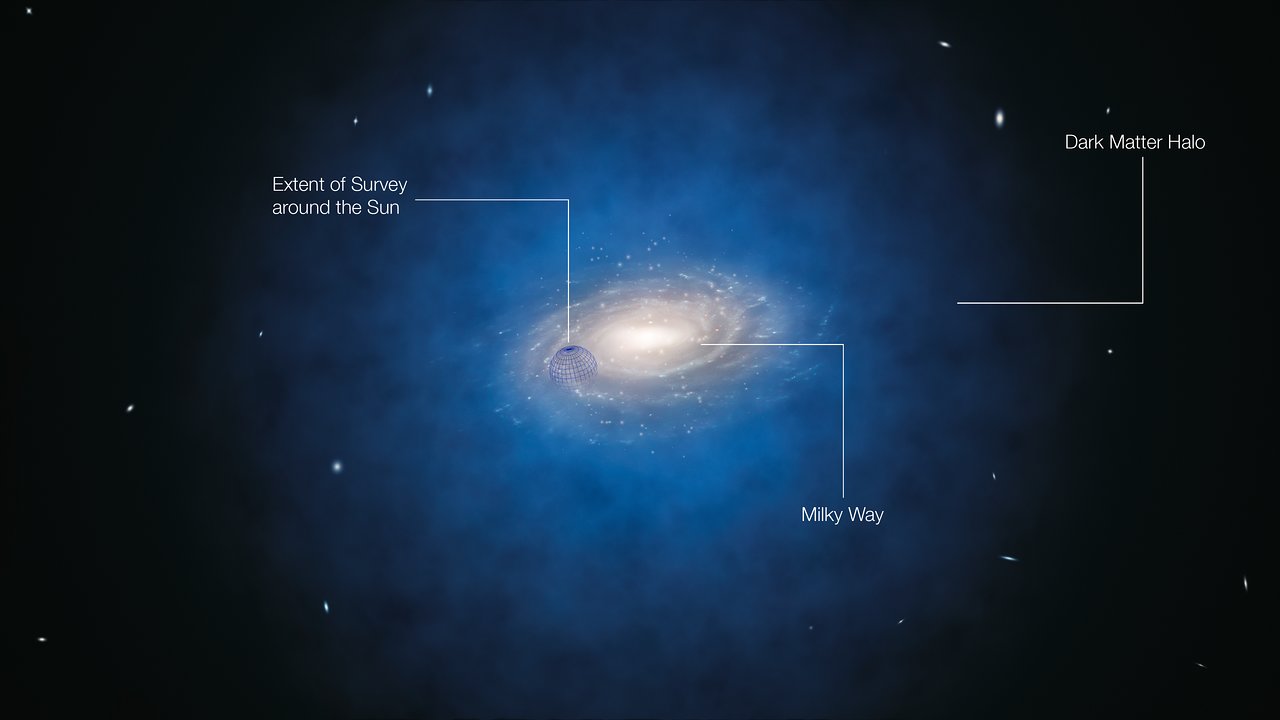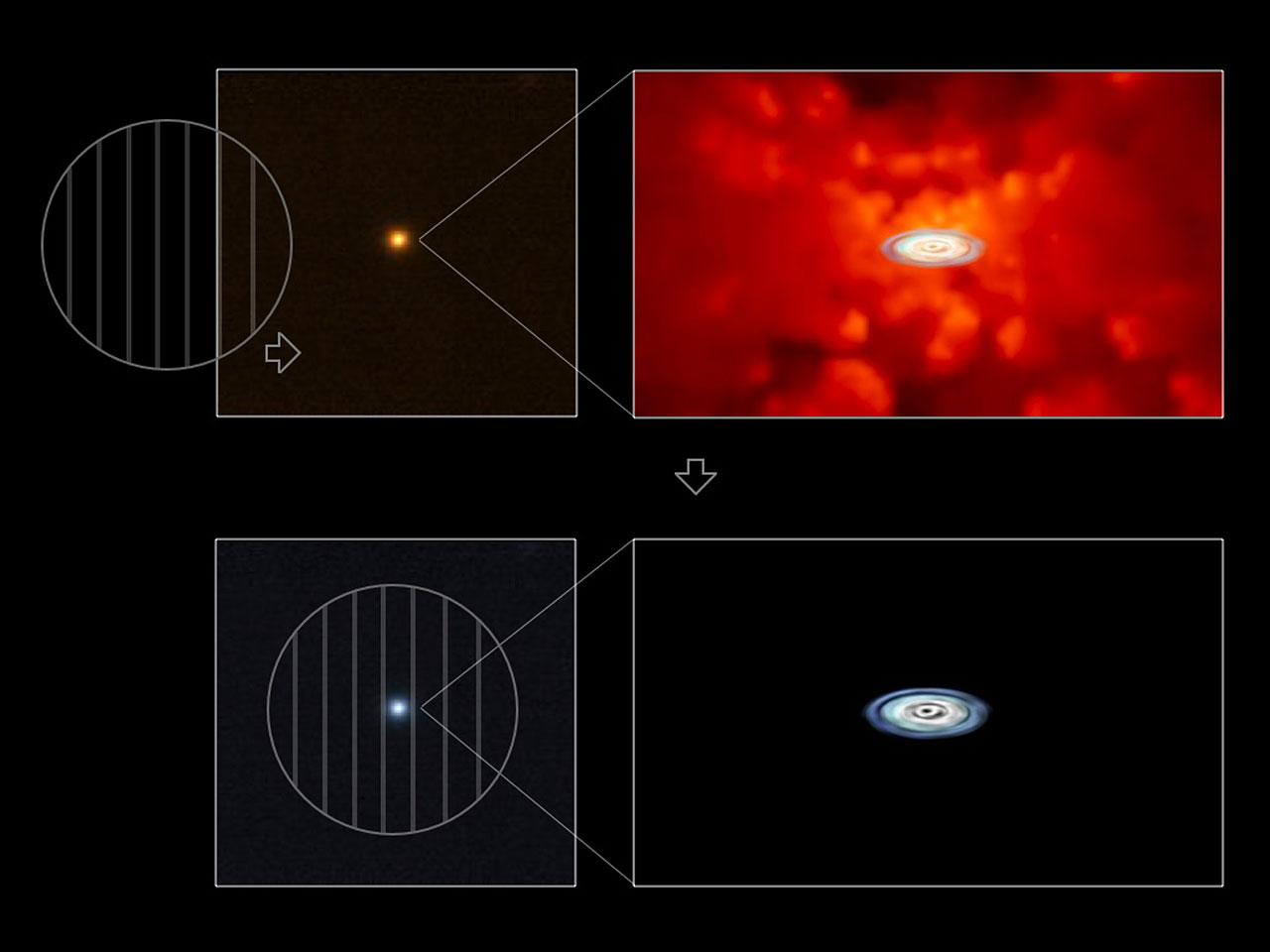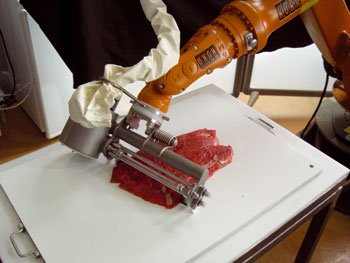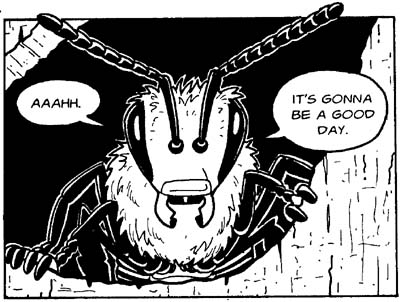Vox recently posted the above visualization as All the rain that’s fallen over Houston so far, in one massive water drop. And although I like the shocking quality of the visual and appreciate its impact, I have to note that it underscores a significant perceptual issue with this kind of representation.
People are bad at judging two-dimensional representations of volume.
Just look at the difference between the largest upper sphere (the 14–15 trillion gallons plus the additional 5 trillion gallons) and the lower sphere (6.5 trillion gallons). The largest sphere represents three times the amount of water. Does it “feel” like three times the amount in the image? Even with the multitude of three-dimensional cues in the illustration, it just doesn’t communicate that.
Researchers have actually quantified this—over a range of perceptual phenomena, actually, not just visual perception. (Start reading about Stephens’s Power Law if you’re inclined to go down a fascinating rabbit hole.) Basically, we’re good at judging length, okay when it comes to judging area, and incompetent at judging two-dimensional representations of volume.
That said, what I like about the Vox illustration is its simple, straightforward impact. That’s a really big sphere of water hanging over that city! Don’t those buildings look tiny in comparison? At that level, the illustration works perfectly. But by inviting us to compare Harvey’s volume to Katrina’s, the visual representation reveals its shortcomings.
It makes me think of the images created by Carbon Visuals, showing piles of spheres representing carbon dioxide emissions engulfing Manhattan. These visuals communicate their point simply and effectively, and they don’t really invite a quantitative comparison. That same team has created videos as well, and I wonder how much more effective those are. Because they build up the visual more deliberately (e.g., introducing a sense of scale by showing “people” in context with the spheres), they surely have more impact, but I also wonder if a moving camera helps communicate volume more effectively.
It’s a relevant question for those of us who create three-dimensional visuals. I would like to think that we can communicate volume more effectively in an immersive video environment than we can in a two-dimensional static image, but I also know we’re up against billions of years of evolution. Hmm. Maybe it’s time for some testing to assign some values to Stephens’s Power Law?








